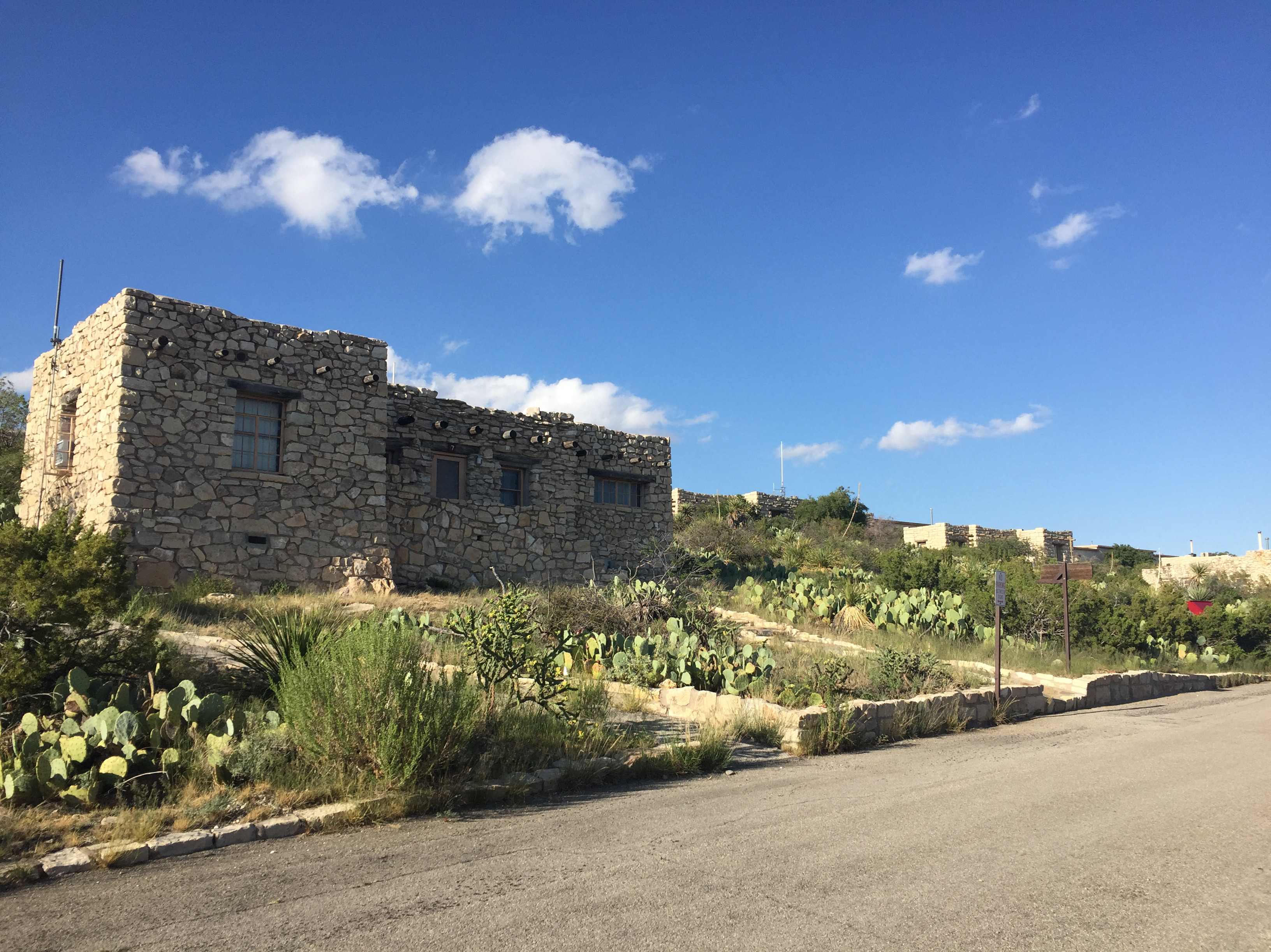Circle with Towers by Sol LeWitt
PURPOSE:
The Circle with Towers sculpture is a free-standing structure located on the University of Texas at Austin’s campus, outside of the Bill & Melinda Gates Computer Science Complex & Dell Computer Science Hall. It is composed of concrete masonry units (CMU) with DRY-BLOCK® additive, a grey colored Type S pointing mortar, and an orange-pink colored bedding mortar. The object has been experiencing several deterioration issues including rising damp, efflorescence, and surface staining related to water movement.
The Circle with Towers sculpture is a free-standing structure located on the University of Texas at Austin’s campus, outside of the Bill & Melinda Gates Computer Science Complex & Dell Computer Science Hall. It is composed of concrete masonry units (CMU) with DRY-BLOCK® additive, a grey colored Type S pointing mortar, and an orange-pink colored bedding mortar. The object has been experiencing several deterioration issues including rising damp, efflorescence, and surface staining related to water movement.
The purpose of this project is twofold:
1. Assess the effectiveness of the Sure Klean® Weather Seal Blok-Guard & Graffiti Control (Prosoco Inc.) water repellent coating being proposed for application on the entire object.
2. Develop treatment guidelines to be used by Landmarks staff for annual testing of the water-repellent coating once applied to the object.
1. Assess the effectiveness of the Sure Klean® Weather Seal Blok-Guard & Graffiti Control (Prosoco Inc.) water repellent coating being proposed for application on the entire object.
2. Develop treatment guidelines to be used by Landmarks staff for annual testing of the water-repellent coating once applied to the object.

Detail image showing the results of testing of the uncoated sculpture. Results showed a high absorbency rate and visible water movement on the surface of the CMU around the RILEM tube.

Detail image showing the results of testing on the coated sculpture. Results showed a decreased absorbency rate and no visual moisture movement on the surface of the CMU.
METHODOLOGY:
Testing followed methodology provided in RILEM Test No. II.4, Measurement of Water Absorption Under Low Pressure. An initial test was performed on sacrificial material, with and without a water repellent coating, to establish whether the recommended coating was effective. Prior to application of the repellent coating, a series of RILEM tests were performed on various points across the sculpture to establish a rate of absorption for the untreated object. Following application of the repellent coating, a series of RILEM tests were again performed and a new rate of absorption was calculated. All data was entered into an excel file which will be used to track the absorption rate of the sculpture over time. An increased absorption rate is a reliable indicator that the coating is failing and needs to be reapplied.





